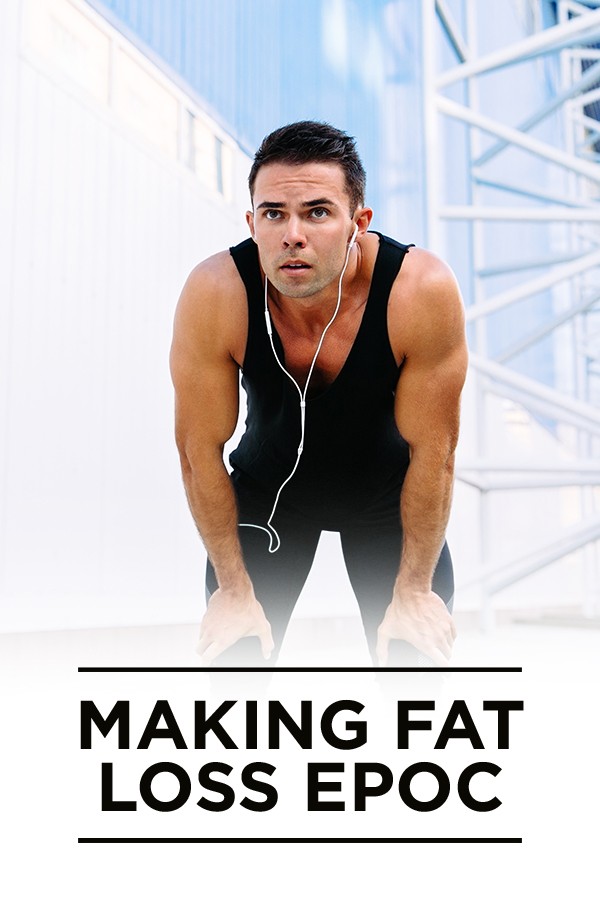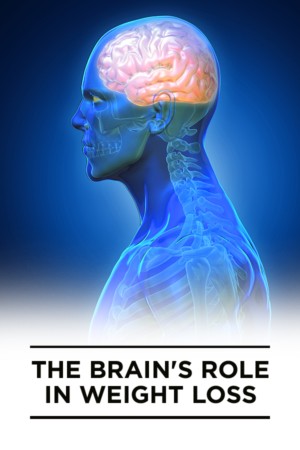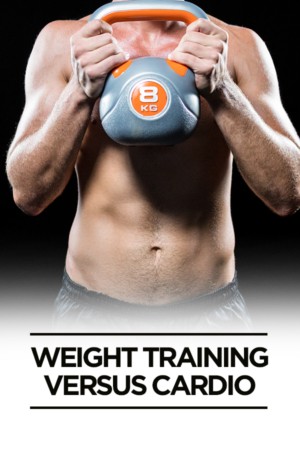When we’re talking about how you technically lose weight, there are three primary factors at play:
- Your diet
- Your basal metabolic rate (BMR)
- Your level of activity
Understanding how these three things interact is crucial to comprehending the science behind weight loss. This is important because when you understand the reasons why something is occurring, you can customize it to fit your lifestyle and quickly diagnose when things get off track.
Your diet
Diet is the single most critical aspect of fitness. This aspect of weight loss isn’t just limited to calorie counting; it involves far more than that. There’s a saying in athletic circles: you can’t out-train a bad diet. Your body is continually renewing itself, building new cells from the nutrients you put into it. If you give yourself crap to work with, you could do literally everything else in a textbook fashion—and you’ll still come out with a body that reflects the material it had to work with.
Eating a varied menu filled with high-quality vegetables and animal products will give you the tools to create the physique you’ve always dreamed of, and it doesn’t stop there. Underlying conditions like high blood pressure, PCOS, high cholesterol, and insulin resistance can all be addressed through dietary changes. Developing issues like diabetes, Alzheimer’s, and cancers can be avoided—to a large degree—by eating and living healthily. If you’re on a journey to live better, this should be where you start and where most of your attention goes.
Your basal metabolic rate
BMR1 is the amount of energy you need if you did nothing but sit on the couch all day. Your brain is still active, your heart still beats, and your digestive system doesn’t stop. Just by existing, you burn through a certain number of calories every day. This is actually far higher than you might think: the average woman in the US burns 1,493 calories per day, while the average man goes through 1,662 calories.
You can raise this level further by increasing the amount of muscle you have because muscle cells require daily energy simply to exist. Many wildly absurd claims2 have been made about how many calories a pound of muscle burns per day, with some going as high as 50 calories per pound of muscle. Unfortunately (or perhaps, fortunately, if you realize you’d starve to death if this were the case), a pound of muscle only burns about six calories per day. Since a pound of fat burns two calories every 24 hours just to hang around, muscle is undoubtedly more beneficial as far as an energy-burning platform goes, but it’s not the fat-dissolving engine some people say it is.
However, giving your body everything that it needs (sufficient hydration, enough rest, etc.) helps accentuate your BMR, keeping it operating at peak efficiency.
Your level of activity
OK, now we’re finally getting to the movement side of things. Ironically, although this is the “flashiest” side of weight loss, it’s the least important of the three. If just existing burns 1,500 to 1,600 calories per day, and if you can drop 500 calories a day by changing your diet, the fact that an hour of swimming3 only burns ~250 calories seems downright disappointing.
That isn’t to say exercise is unimportant, though: while diet and BMR can keep you slim, if you want to tone, trim, and look great naked, you’re gonna have to work for it. Both resistance training (i.e., weight lifting) and cardio are important: the former works the muscles you can see, and the latter increases your cardiovascular system’s health, efficiency, and effectiveness. How you approach both of those will determine the kind of body you develop.
If you want muscle and bulk, focus more on weightlifting. If you want to be super skinny, focus on distance running. Whatever you choose, one of the most crucial aspects of exercise is intensity. If you’ve spent any time at a gym, you’ve likely seen the people who come in and exercise in a way that can only be described as lazy—it seems ironic to describe exercise with that word, but it’s true. They don’t sweat. They don’t breathe hard. In fact, they don’t seem to exert themselves at all.
And they’re not going to see any difference.
One of the ways exercise benefits you is how your body reacts afterward in a phenomenon known as excess post-exercise oxygen consumption, or EPOC. Think about it this way: when you get done with a set of intense sprints, you have to sit there (or if you’re like me, collapse on the grass and spend the next twenty minutes begging God to keep you from dying) and just breathe heavily until you recover enough to do something else, even if “something else” is just walking to your car.
That’s EPOC, and it can last for up to 48 hours. During this time, your BMR increases as your body works harder to recover, and studies have shown that exercising regularly changes the foods you crave. While exercise is the least important of the three main factors from a weight-loss perspective, it supports and accentuates both.
How much EPOC you experience is dependent upon two things: how intensely you work out, and for how long you keep that intensity up. In a landmark study,4 scientists tested subjects working out at various intensity levels for different lengths of time. They found that the “lazy exercisers” I mentioned earlier had an EPOC effect that only lasted fifteen to twenty minutes after they finished their workout—that’s not very impressive. Participants who exercised at a higher intensity, though, had elevated calorie-burning rates for hours afterward, sometimes taking as long as two days to recover completely to a pre-exercise state.
Working out intensely doesn’t just benefit you in the moment. It keeps your body going long after you step out of that post-workout shower.
How you do it matters just as much as what you do
You know that just “going on a diet” doesn’t do anything for you unless you execute it well. Staying strict with your macros but downing a nightcap and sugar-laden dessert every evening will undermine everything you’re working for.
In the same way, “going to the gym” doesn’t mean a thing—it’s all about what you do when you get there. If you’re not sweating when you leave, you probably didn’t hit it hard enough. If you’ve never worked out before, that’s totally fine: today is a great time to start. Whatever your fitness level is, though, you always want to exert yourself to the maximum; reaching your limits is the only way to expand them.
NUTRITIONAL DISCLAIMER
The content on this website should not be taken as medical advice and you should ALWAYS consult with your doctor before starting any diet or exercise program. We provide nutritional data for our recipes as a courtesy to our readers. We use Total Keto Diet app software to calculate the nutrition and we remove fiber and sugar alcohols, like erythritol, from the total carbohydrate count to get to the net carb count, as they do not affect your blood glucose levels. You should independently calculate nutritional information on your own and not rely on our data. The website or content herein is not intended to cure, prevent, diagnose or treat any disease. This website shall not be liable for adverse reactions or any other outcome resulting from the use of recipes or recommendations on the Website or actions you take as a result. Any action you take is strictly at your own risk.
- The Brain’s Role in Weight Loss - March 11, 2019
- Making Fat Loss EPOC - March 8, 2019
- Overcoming Plateaus - March 6, 2019




